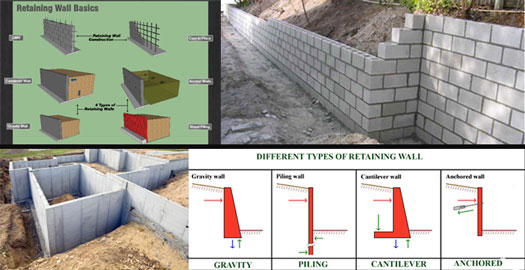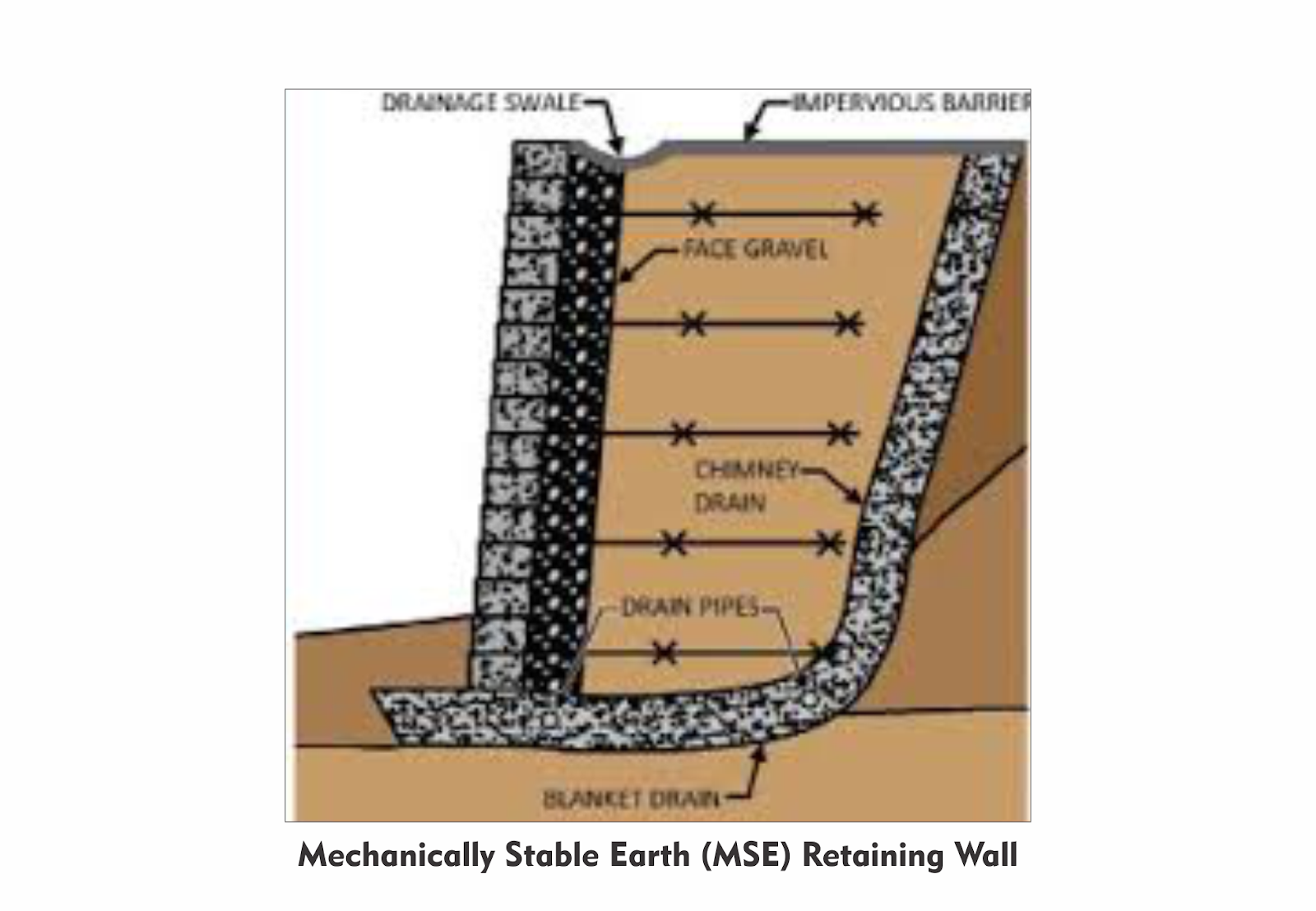The 8-Second Trick For Ace Construction Company Texas
Table of ContentsThe Basic Principles Of Construction Company Austin The Ultimate Guide To Austin Construction CompanyWhat Does Ace Construction Company Austin Do?Get This Report about Ace Construction Company Texas
Since these materials can not resist appreciable tension, the design focuses on preventing stress in the wall. Some gravity walls do not use mortar, relying exclusively on their weight to remain in place, as in the case of dry stone walls. These walls normally are trapezoidal in section as displayed in Fig.2. Gravity walls require heavy structure due to the plus size of the wall. They are cost-effective and appropriate for just little heights (austin construction company). A gravity maintaining wall provided with a little amount of reinforcement for decreasing the mass of the concrete is understood as semi-gravity keeping wall, as displayed in Fig.
3. The lateral earth pressure is mainly resisted by the mass of the wall, as in the case of a gravity maintaining wall. These are the strengthened concrete walls in which lateral earth pressure is resisted by structural action of its members. The base of the wall is extended into the backfill on the heel side and is called heel slab, as displayed in Fig.
4. The backfill over the heel piece supplies substantial extra lateral stability to the wall. The back of the wall on the heel side is likewise offered a slope. This increases the width of the wall with depth, comparable to the boost in lateral earth pressure with depth. The vertical wall (called stem), the heel piece, and the toe slab act as cantilevers repaired at their junction and covering to the other end.
Ace Construction Company Texas Fundamentals Explained

The heel slab and the toe slab undergo resultant upward soil pressure from the bottom and bend up. Support is for that reason provided on the tension side, that is, vertically on the backside of the stem and horizontally at the bottom of the heel slab and the toe slab.
Cantilever keeping walls are appropriate for keeping the backfill to moderate heights of 4-7 m. In sample, the majority of cantilevered walls appear like "L" s or inverted "T" s. Where structure soils are bad, earth tieback maintaining walls are another option. These walls are reversed not just by a large base but likewise by a series of horizontal bars or strips extending out from the vertical surface area into the backfill.
Once an earth tieback retaining wall is backfilled, the weight and friction of the fill against the horizontal members anchors the structure. When the height of a cantilever retaining wall is more than about 7 m, it is economical to provide a vertical bracing system, understood as counterforts, on the backfill side above the heel piece.
16. 5. The stem and the heel slab serve as continuous slabs covering horizontally along the length of the wall between the counterforts. The use of counterforts decreases the bending minute due to earth pressure and thus the size and reinforcement of the stem and the heel piece. Counterforts go through tension due to the action of lateral earth pressure of the backfill on the stem.
Little Known Facts About Ace Construction Company.
Figure 16. 6 shows a strengthened retaining wall. The structural action of the stem is the very same as in content a counterfort retaining wall. However, the heel slab acts as a cantilever slab as in a cantilever keeping wall. The toe slab acts as a constant piece covering along the length of the wall between the buttresses.
ADVERTISEMENTS: Sheet stacks are flexible keeping structures utilized to provide a short-term construction area for building and construction of structures. Sheet piles are made of wood, steel, or often strengthened concrete. Wood sheet piles were utilized in the past but their reuse is restricted for momentary structures approximately shallow depth. For all important structures and for depth > 3 m, steel sheet piles are more frequently utilized.
Strengthened cement concrete (RCC) sheet stacks might be often utilized in great sand or soft clays. RCC stacks might get harmed or broken under driving tensions in stiff soils. Sheet piles are set up by first driving the steel or timber sheets into the soil. The soil on the front side is then dredged (removed) out.


The Ace Construction Company Texas Diaries
For this reason, the depth of foundation (embedment) is large compared to that in a keeping wall. The density of sheet piles is really little compared to the depth and length of a wall. For this reason, the weight of a sheet pile is very little and is generally neglected in the design. ADVERTISEMENTS: The soil on the back of the sheet stack is normally gotten rid of and backfilled with a cohesionless soil. construction company austin.
However, the soil below the dredge level may be either a cohesionless soil or a cohesive soil, depending upon the soil profile at the site of building and construction - Ace Construction Company. Sheet stacks having water on the front side used in dock and harbor structures to assist in berthing of vessels (ships) are known as bulk heads.
Basic sections of steel sheet piles as recommended by US Steel (1984) are displayed in Table 16. 3. i. Cantilever sheet stack. ii. Anchored sheet stack. The cantilever sheet stack obtains its support from the embedment into the underlying soil listed below the dredge level, as revealed in Fig. 16. 11.
In the case of anchored sheet piles, extra lateral assistance is supplied by visit this website ways of anchor rods fixed to the sheet stack near the top and anchored appropriately, as shown in Fig. 16. 12. The lateral stability of anchored sheet stacks is derived both from the embedment into the soil below the dredge level along with by the assistance offered by the anchor or tie rod.